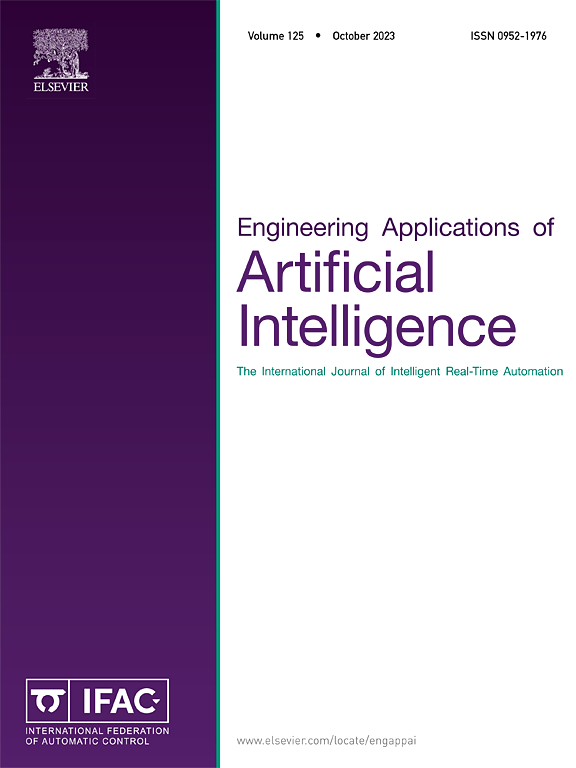Novel machine intelligent expedition with adaptive autoregressive exogenous neural structure for nonlinear multi-delay differential systems in computer virus propagation
IF 7.5
2区 计算机科学
Q1 AUTOMATION & CONTROL SYSTEMS
Engineering Applications of Artificial Intelligence
Pub Date : 2025-02-20
DOI:10.1016/j.engappai.2025.110234
引用次数: 0
Abstract
Computer viruses are significant from the perspective of reliable computer security for control infrastructure development that connotes the essential requirements for understanding virus spread and growth. This study investigates a delayed epidemiological computer virus model by applying artificial intelligence-inspired computing to analyze the behavior of a multi-delay differential system, incorporating the influence of the latent period on the dynamics of susceptible, infected, quarantined, and recovered computers using an adaptive autoregressive exogenous neural structure with Levenberg-Marquardt backpropagation. The reference data for executing networks is generated using the Adams numerical solver, incorporating parameters such as the computer infection rate, the saturation coefficient for calculating inhibitory effects, the immune loss rate of recovered computers, the number of infected computers in quarantine, the recovery rate, the mortality rate for each differential class, and delays associated with temporary immunity and the incubation period. The designed networks operate on generated synthetic data that are randomly distributed for testing, validation, and training samples to determine the approximate response of the nonlinear delay computer virus systems. The predictive solutions consistently aligned with the reference numerical outcomes indicating an error with negligible magnitude. The accuracy, stability, convergence, and efficiency of the designed intelligent networks are established on a thorough investigation by employing a variety of assessment metrics in terms of mean square error-based convergence curves, time series analysis of predicted outcomes, control parameter adaptation, error frequency distribution analysis, and exhaustive statistics on input-output and cross-correlations.
求助全文
约1分钟内获得全文
求助全文
来源期刊

Engineering Applications of Artificial Intelligence
工程技术-工程:电子与电气
CiteScore
9.60
自引率
10.00%
发文量
505
审稿时长
68 days
期刊介绍:
Artificial Intelligence (AI) is pivotal in driving the fourth industrial revolution, witnessing remarkable advancements across various machine learning methodologies. AI techniques have become indispensable tools for practicing engineers, enabling them to tackle previously insurmountable challenges. Engineering Applications of Artificial Intelligence serves as a global platform for the swift dissemination of research elucidating the practical application of AI methods across all engineering disciplines. Submitted papers are expected to present novel aspects of AI utilized in real-world engineering applications, validated using publicly available datasets to ensure the replicability of research outcomes. Join us in exploring the transformative potential of AI in engineering.
 求助内容:
求助内容: 应助结果提醒方式:
应助结果提醒方式:


